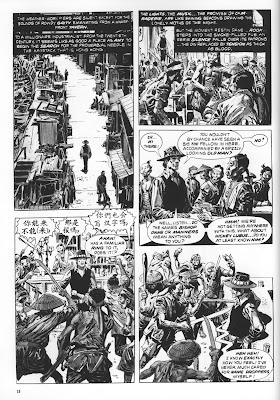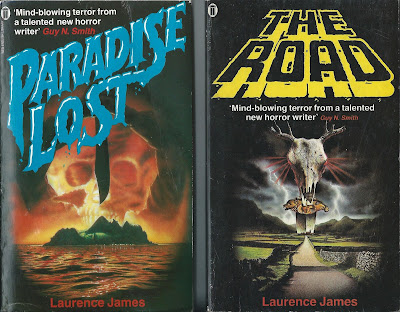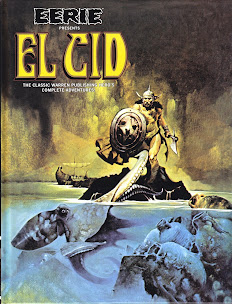edited by Jay Lynch, Don Donahue, and Susan Goodrick
Quick Fox, 1981
At the time of its publication in 1981, this unusually formatted trade paperback - a dos a dos binding similar to that used for the famous 'Ace Doubles' sci-fi paperbacks - from Quick Fox books was one of the few graphic novels that featured underground comix.
Indeed, back then, when even mainstream comics were just starting to get a foothold in the graphic novel format, the idea of showcasing underground comix from the 70s in a trade paperback format would have seemed an adventurous foray into the book market.
It's a melding of two separate volumes first published in 1974 (Apex) and 1975 (Bijou).
The Bijou section leads off with a concise history, illustrated by vintage photographs, of the profiled artists before segueing into strips- most of them one- to several- pages in length - from Robert Crumb, Jay Lynch, Justin Green, Rory Hayes, Skip Williamson, and other major comix figures.
The Apex section is organized differently, as the content is divided into separate chapters by artist. Robert Crumb, Art Speigelman, Gilbert Shelton, Bill Griffith, and Kim Deitch are among the profiled artists.
As with any anthology of this type, an argument could be made over the selection of the material. Personally, I found that the volume as a whole could have done with less content from Jay Lynch - his 'Nard and Pat' strips really weren't all that memorable. Bobby London's satirical treatments of Disney comics, and his pastiches of George Herrimann's Krazy Kat comics from the the first half of the 20th century, also haven't aged that well.
Additional worthy material comprises Spain's Lovecraftian horror, Trashman, and political comix:
Summing up, with these kinds of 'all-star' graphic novel anthologies of underground comix still somewhat rare, if you happen to see a copy of 'The Best of Bijou Funnies / The Apex Treasury of Underground Comics' on the shelf and it's reasonably priced, it just might be worth picking up.
I'm going to close with a classic 'Mr Natural' strip from the book...........enjoy !










































































